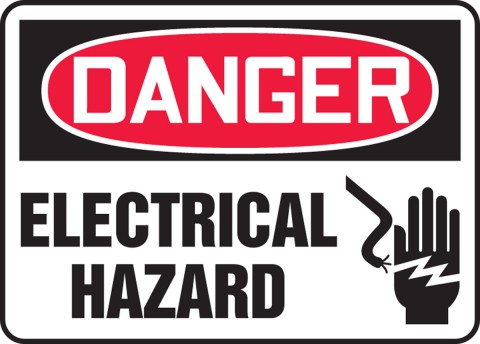Written by Wild Bill on The Prepper Journal.
Earthquake, Southern California, sitting in my kitchen at 5:25 am I felt the roll, heard the house creek and crack and through my dining room window saw the transformer a few blocks away blow. Spectacular. It was over quickly, family was fine, house had no damage on a first look, and no electricity, or natural gas as I had a seismic shut off valve on the gas line. This wasn’t my first rodeo. “Coffee!” I needed coffee so I went to the garage, got my portable camping stove, part of my survival gear, heated some water on it on the dining room table, pulled out the French Press…coffee!
Spouse got up about 20 minutes later, slid into a chair next to me and poured herself a cup and asked “why do we have a camping stove, we don’t camp”, we were newly married. I said nothing, just looked at her as her brain cells began to come on-line and a moment later I got a wry smile and an “oh.” From humble beginnings and knowing where I lived I started this journey and I became a believer in portable things. Especially portable generators as we slide down the food chain quickly without electricity.
No family home should be without one just as no home should be without a comprehensive first aid kit. Additionally, and equally, no one should have either unless they truly understand what each can do to both aide people and harm them.
While we could do a not-so-short course in electricity, circuits, breakers, grounds and phases herein, that information is on-line from reliable sources and I suggest a few hours of going through it would be time well spent for every building owner (home, office, plant, factory, etc.) You won’t pass any certification classes but you will be able to ask much smarter questions.
If you are thinking of installing a home generator as a backup system what I want to address herein is the dangers of not doing it right, specifically “backfeeding”. If you are just running some power strips off a well-ventilated fuel-powered portable generator things will work if you have enough extension cords to reach vital assets and you should pose no threat to yourself or others. Do be aware that in a SHTF situation the generator noise will expose your location. Prudent use and investing in some power storage systems will somewhat alleviate this exposure. There is a whole other post on these on this site and we will do an in-depth review of portable generators in the very near future.

However, if you are considering installing a stationary generator, what people do who plan to hunker down, to a home circuit panel you need to do it right or better yet, have it done professionally. Leaving every breaker on energizes the entire panel and power is distributed throughout the house, on all circuits. Only the largest portable generators (the word “portable” here being a euphemism) can supply enough power for an entire home, and the cost can be in the thousands of dollars. Do you need the A/C on (I ask this while living in Phoenix, writing this in the summer)? The pool pump? The washer and dryer, garage door openers, every flat-screen TV and game system? Does every room need power? You know the answer. Yes, for food storage, some outlets to charge batteries, cell-phones and electronics that link to the outside world, and any critical care medical equipment. The rest is just fluff.
If your solution is to introduce a back-up generator through your homes electrical system, you will need to invest in a manual transfer switch which takes power from the generator and distributes it only to the branch circuits that were selected when the switch was installed. Each circuit has its own breaker, and electrical power is automatically confined to the dwelling. Paying a licensed electrician to do this is the only approach. This prevents “backfeeding” – accidentally powering the neighborhood utility lines coming into you home and endangering any utility workers, neighbors, etc. When you apply power to a circuit (your home electric panel) electricity flows to the path of least resistance, which, with no power coming from the utility lines, means they are a path of “least resistance” as they have no load on them, such as your refrigerator does on its circuit, so electric current flows from your house, back out to the power lines. In this “off and then ‘instant on’ with no warning” scenario the chances to injury or kill a utility worker are great, and you are liable (National Electric Codes 408, 702 and 225 provide strict guidance on the requirements of such generators.) Now multiple this across every home in an electrical grid and you will know why we should respect these guys (and girls.)
While one can argue that simply turning off some breakers helps to resolve this issue, it does so without balancing the loads across the circuits, and who wants to go out and pick and chooses those in real time? Who knows how the circuits are set up in their breaker box in the first place? Preppers are planners and having this “locked down” is just good common sense. Identify the “must haves” and get a professional to hook up the system correctly. Ask way too many questions, write everything down and store the data with your survival kit. You will forget after time. Now, knowing this, would you ever touch a downed power line?

The post Just what is Backfeeding? appeared first on The Prepper Journal.
from The Prepper Journal
Don't forget to visit the store and pick up some gear at The COR Outfitters. How prepared are you for emergencies?
#SurvivalFirestarter #SurvivalBugOutBackpack #PrepperSurvivalPack #SHTFGear #SHTFBag

No comments:
Post a Comment